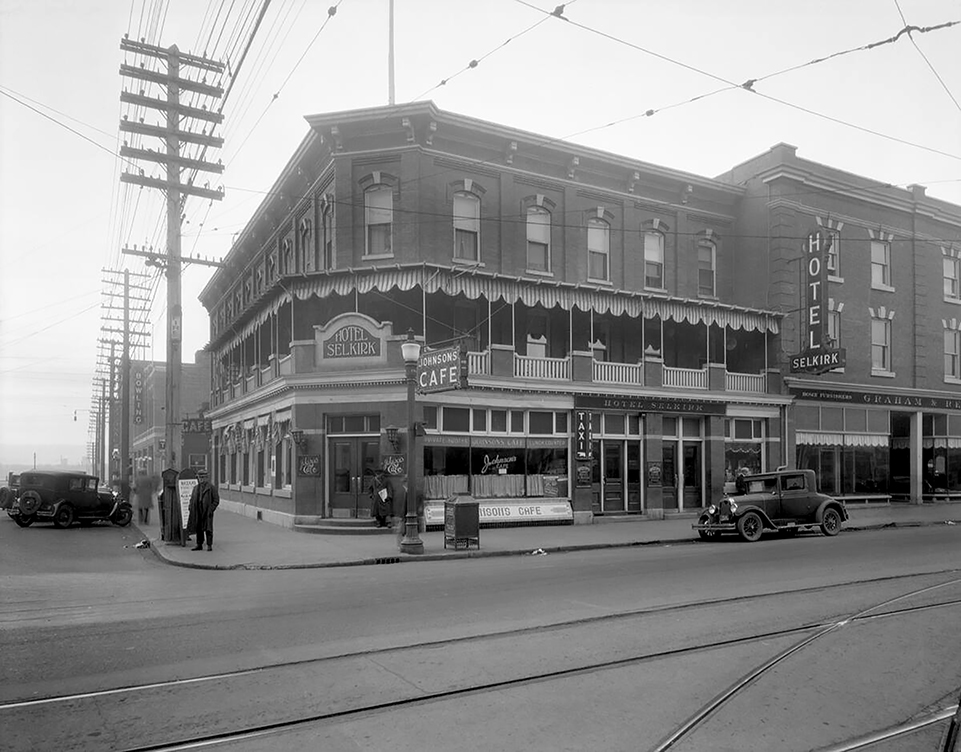Laura Nichol was five years old when she started volunteering at Fort Edmonton Park. Her dad worked in park leadership, so the best way for the family to spend time together was at the Fort.
“If we wanted to see dad, we had to become part of it, because he loved it here so much,” says Nichol. “So I started volunteering with my mom and my brother, as a little baby pioneer dressed up in costume. I learned how to do everything here, not just weird pioneer things like baking on a wood stove. I learned about what community engagement means and what it means to be part of a society, a community.”
She’s been with the park for the better part of three decades; through her university years, she was an in-costume interpreter. She met her husband at the park. And, now, she’s Fort Edmonton’s Core Programs Manager.
So, celebrating the park’s 50th anniversary is going to be extra special for her.
“It’s like a big birthday party for my family,” she says. “I met my husband here, as well as my dearest friends, and I’d include my supervisors and colleagues in that, too. It doesn’t just feel like the anniversary of an attraction, but the celebration of community.”
But, the park has changed a lot since Nichol began her volunteer work there. And, in the following article, we’ll look at exactly how the Park has adapted to become an even more important cultural resource in 2024 than it was in 1974.
The Change
Nearly 100,000 visitors paid admission fees and strolled through the park gates in 2024. But, running a living museum is a challenge. Families have so much choice when it comes to spending their disposable income — from the Waterpark at West Edmonton Mall, to going to sporting events, or just downloading videos onto their devices.
And, museums, as important as they are, can be a tough sell to kids outside of school trips. So, over the last five years, Fort Edmonton’s mandate has expanded. The Indigenous Peoples Experience, (IPE) which opened in 2021, has earned international accolades and boosted the park’s reputation as a tourist destination — but it also is part of an intentional move to change the tenor of the heritage park. It’s not just a place to go and look at a white pioneer village anymore.
